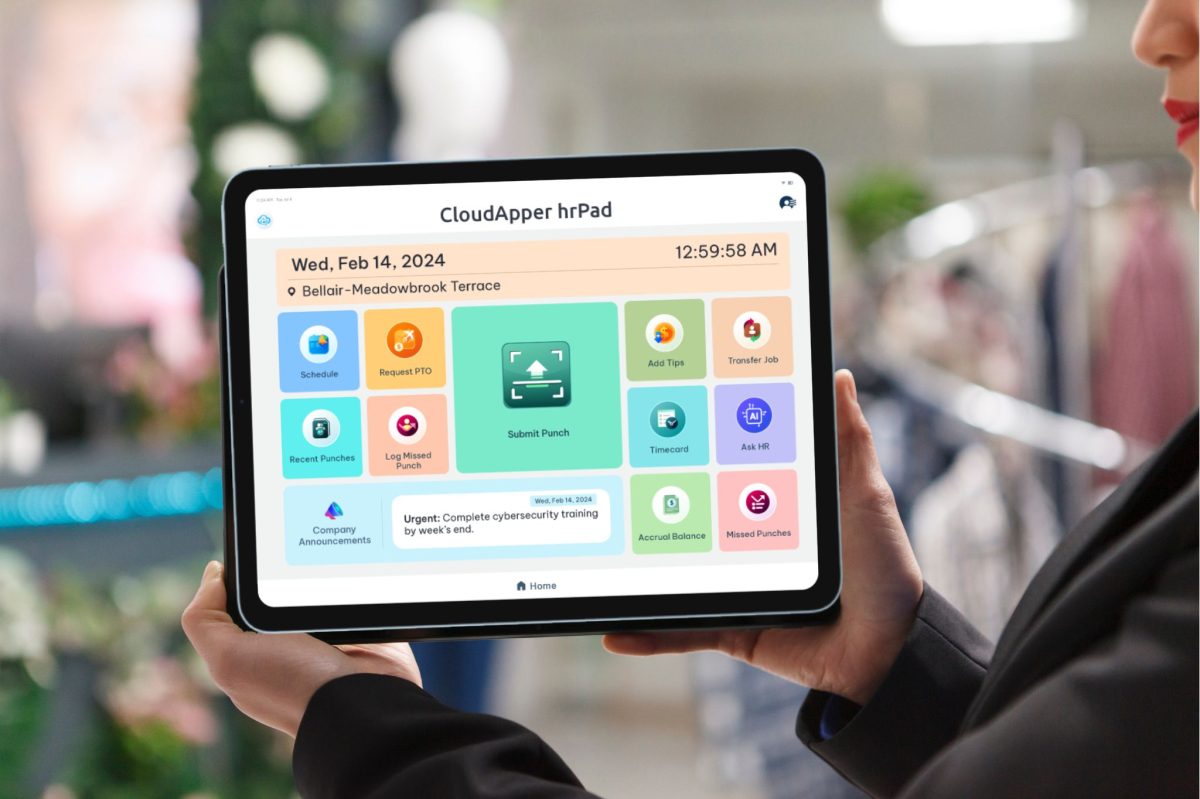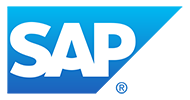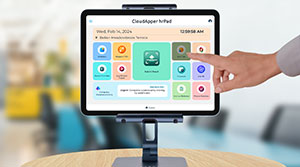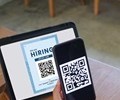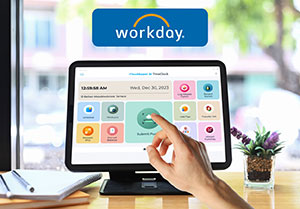Workday's HCM platform excels in automating HR processes but struggles with dynamic attendance validation. CloudApper hrPad bridges this gap by integrating real-time attendance data, enhancing compliance and accuracy in business process automation.
Table of Contents
Workday is a powerful HCM platform that offers extensive Business Process (BP) automation. Organizations rely on Workday to streamline HR processes such as final pay, PTO payouts, bonus eligibility, rehire eligibility, severance calculations, and compliance checks.
However, a common challenge emerges when these processes require validation of attendance-based eligibility. Workday’s BPs are highly effective at using static data — such as dates, job fields, and employment status — but they typically lack dynamic integration with actual attendance behavior unless organizations deploy Workday Time Tracking or complex integrations.
This creates a gap for companies that need to ensure that HR processes only proceed if an employee has genuinely met attendance requirements. real-world attendance validation into Workday’s process automation — enabling more accurate and compliant Business Processes.
The Problem: Business Processes Often Rely on Static Data
Consider several common HR scenarios:
An organization may want to trigger a final pay calculation only if an employee was present and worked through their final scheduled days. PTO payouts may be contingent on minimum attendance levels during the year. Bonuses may require employees to maintain consistent attendance throughout the performance period. Rehire eligibility decisions may be linked to good attendance and no excessive unexcused absences.
Workday BPs can easily compare fields like dates (termination date, hire date, leave dates), job profile, and other static data. But they typically cannot answer the real-world question:
Did the employee actually attend work as required? Without validated attendance tracking integrated into the Business Process, HR teams often resort to manual checks or risk triggering incorrect process steps — which can lead to compliance risks, overpayments, and downstream corrections.
How CloudApper hrPad Closes the Gap
CloudApper hrPad is an AI-powered attendance tracking and HR self-service solution that complements Workday. It turns tablets, iPads, or mobile devices into smart time capture tools, using facial recognition, QR code, or PIN to record accurate clock-in/out data.
For the Business Process use case, hrPad provides three essential capabilities:
First, it captures validated attendance behavior — meaning the system knows exactly which days and hours an employee was present and worked.
Second, it applies custom attendance-based business rules to that data. For example, organizations can define eligibility criteria such as worked at least 95% of scheduled days, no more than two unexcused absences, or no gaps in attendance during notice period.
Finally, hrPad feeds a dynamic eligibility flag (such as Eligible for PTO payout or Eligible for final pay) back into Workday. Workday’s BP can then reference this dynamic field to automate decisions accurately.
Why This Matters for HR Automation and Compliance
Without hrPad, HR teams often need to manually review attendance records or rely on incomplete or outdated data in Workday to determine process eligibility. This manual effort introduces risk:
Processes may be triggered incorrectly, leading to overpayment of bonuses or PTO
Final pay calculations may proceed even if employees abandoned their role or had excessive absences
Employees may be marked rehire-eligible despite poor attendance history
With hrPad integrated, this process becomes automated, accurate, and compliant:
| Capability | Workday Alone | Workday + hrPad |
|---|---|---|
| Date-based comparisons | Fully supported | Fully supported |
| Actual attendance validation | Complex, manual | Automated, accurate |
| Dynamic eligibility flag for BP steps | Static or incomplete | Dynamic and real-time |
| Compliance auditability | Limited | Full attendance-based audit trail |
Conclusion
Attendance-based eligibility is an increasingly important requirement in HR process automation — especially as compliance risks and workforce flexibility grow.
While Workday offers exceptional Business Process automation, its BPs rely on static data unless enhanced with validated attendance tracking. CloudApper hrPad solves this by providing real-time attendance data and dynamic eligibility checks that integrate directly into Workday.
For Workday users looking to automate processes like final pay, PTO payouts, bonus eligibility, severance, and rehire decisions with attendance-based precision, hrPad is the ideal complement — delivering more compliant, efficient, and accurate HR automation.
How to Implement CloudApper hrPad with Workday
- Assess Integration Needs: Identify which HR processes in your organization will benefit most from enhanced attendance validation through hrPad.
- Deploy Smart Devices: Set up smart time capture devices, such as tablets or iPads, throughout your organization to record attendance.
- Configure Attendance Tracking: Utilize hrPad’s facial recognition, QR code, or PIN features to ensure accurate clock-in/out entries.
- Establish Business Rules: Define custom attendance-based business rules that align with your company's HR policies and operational needs.
- Integrate with Workday: Sync the hrPad data with Workday's Business Processes to automate dynamic eligibility flags, ensuring that HR decisions are based on real-time attendance data.
- Monitor and Audit: Regularly review the integrated system to maintain and adjust attendance rules, ensuring alignment with evolving compliance requirements.
Frequently Asked Questions
- What is the main challenge Workday users face with Business Processes?
- Many organizations find that Workday's Business Processes heavily rely on static data like dates and job fields, which do not account for dynamic factors such as actual attendance, leading to compliance risks and errors without additional integrations.
- How does CloudApper hrPad help with attendance validation?
- CloudApper hrPad integrates with Workday to capture and validate real-world attendance behavior, allowing organizations to define and enforce specific attendance-based business rules automatically.
- What technologies does hrPad use for attendance tracking?
- hrPad utilizes smart devices like tablets, iPads, or mobile devices, using facial recognition, QR codes, or PINs to accurately capture clock-in/out data.
- Can hrPad improve compliance audits?
- Yes, hrPad provides a comprehensive attendance-based audit trail, enhancing compliance auditability compared to Workday's limited capabilities.
- What HR processes can benefit from hrPad's integration with Workday?
- Processes such as final pay, PTO payouts, bonus eligibility, and rehire decisions benefit significantly from hrPad's dynamic eligibility checks.
What is CloudApper AI Platform?
CloudApper AI is an advanced platform that enables organizations to integrate AI into their existing enterprise systems effortlessly, without the need for technical expertise, costly development, or upgrading the underlying infrastructure. By transforming legacy systems into AI-capable solutions, CloudApper allows companies to harness the power of Generative AI quickly and efficiently. This approach has been successfully implemented with leading systems like UKG, Workday, Oracle, Paradox, Amazon AWS Bedrock and can be applied across various industries, helping businesses enhance productivity, automate processes, and gain deeper insights without the usual complexities. With CloudApper AI, you can start experiencing the transformative benefits of AI today. Learn More
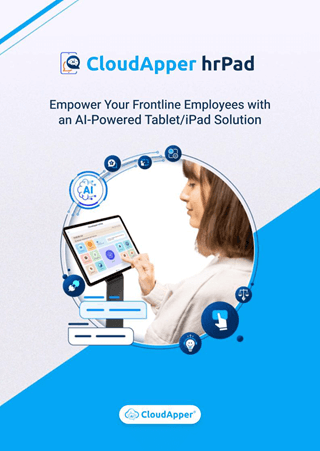
Brochure
CloudApper hrPad
Empower Frontline Employees with an AI-Powered Tablet/iPad Solution
Download Brochure
CloudApper AI Solutions for HR

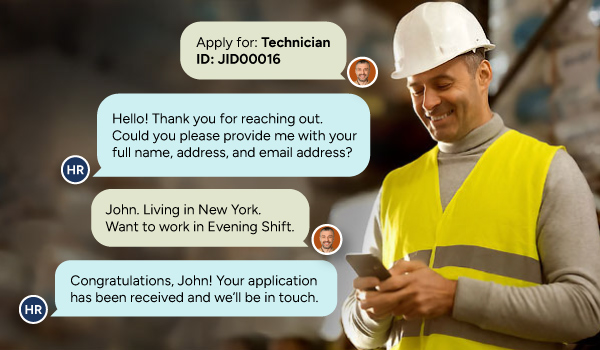

- Works with
- and more.
Similar Posts
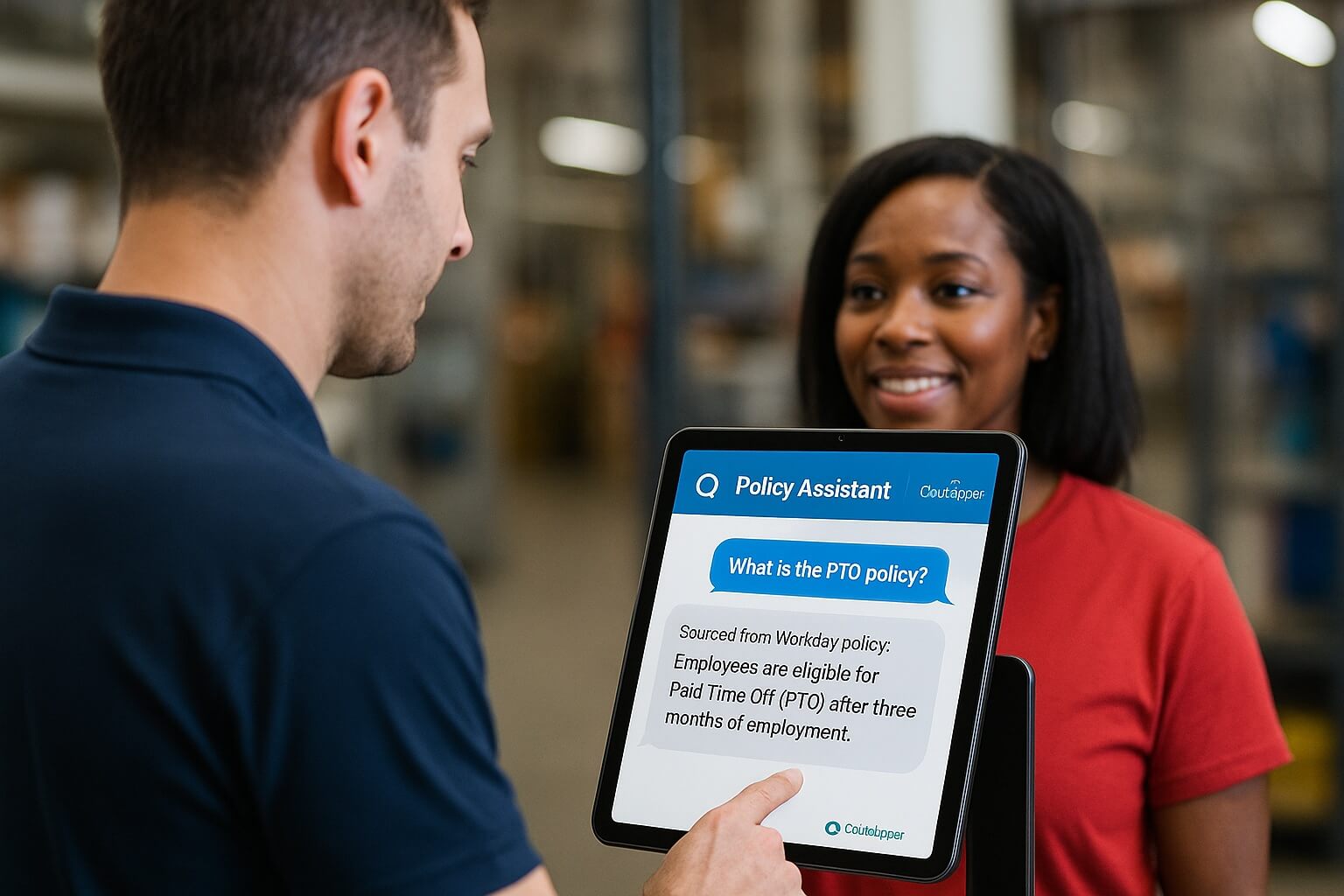
Make Workday Policy Documents Answer Directly to Employees with CloudApper…
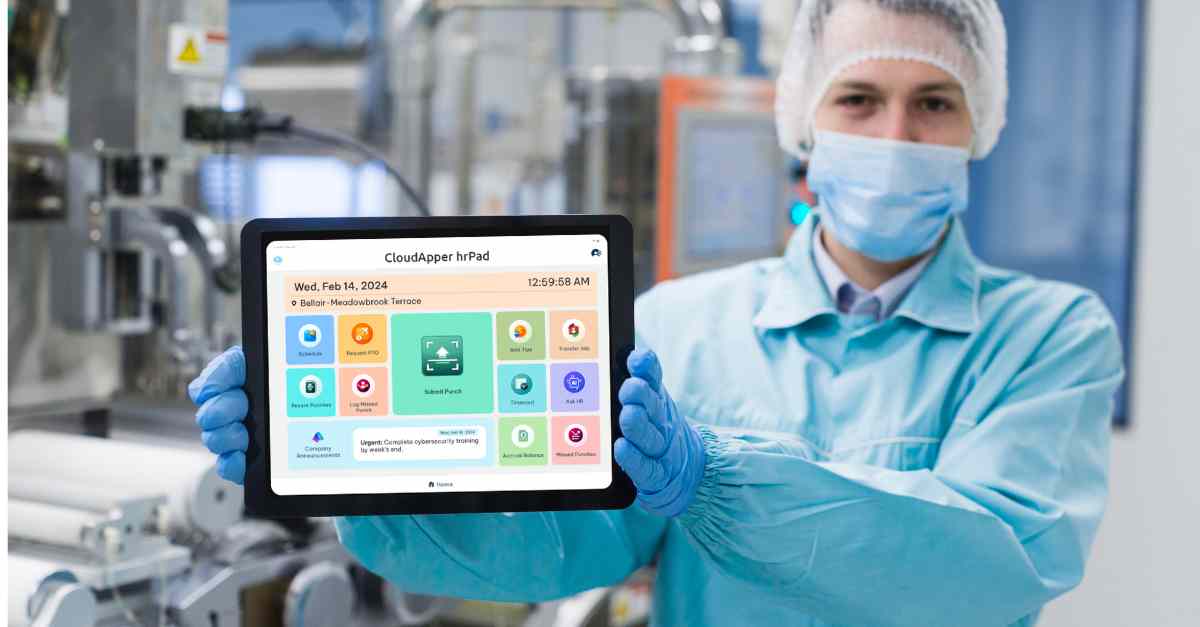
Capture Offline Time Punches for Workday in Low Connectivity Manufacturing…

